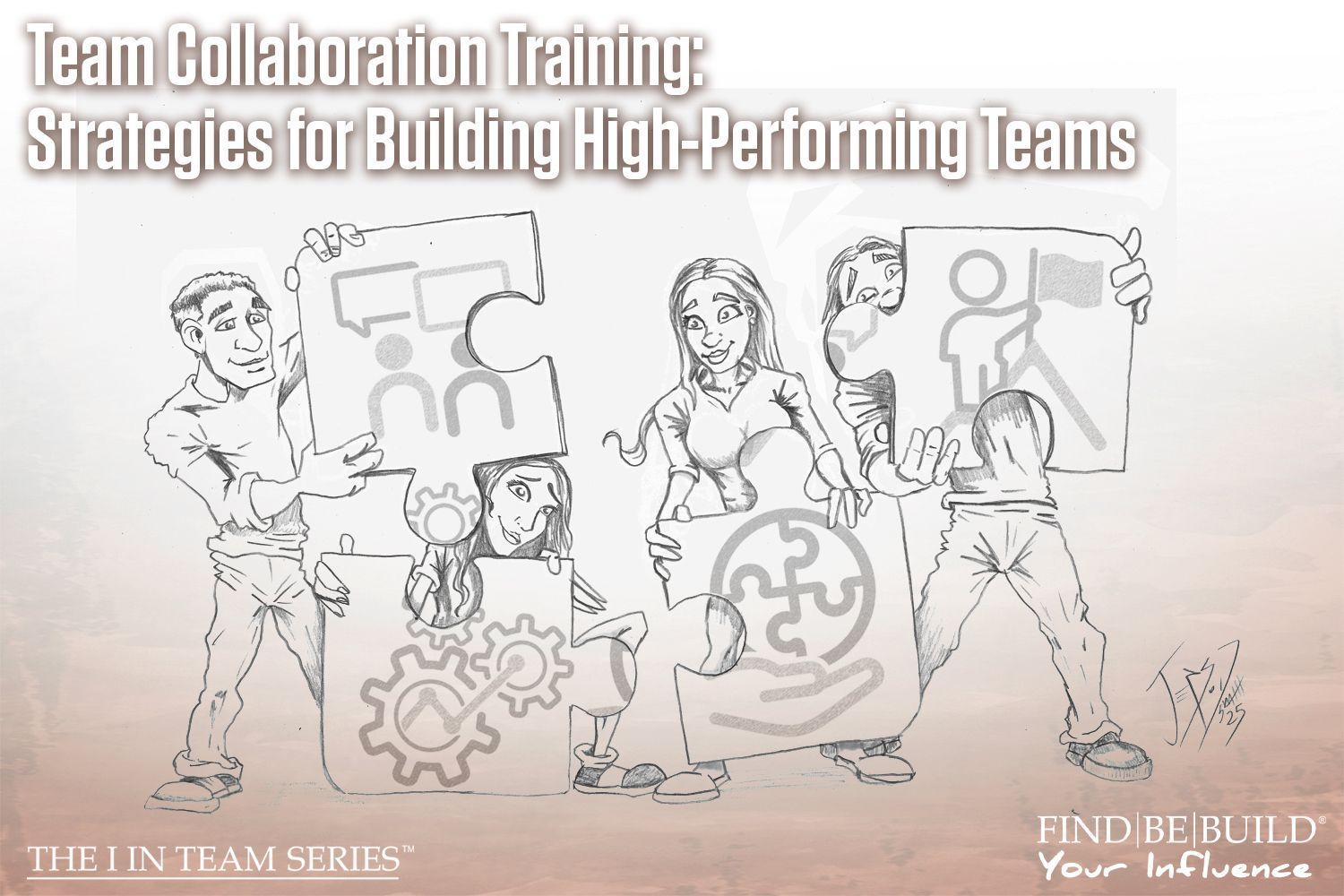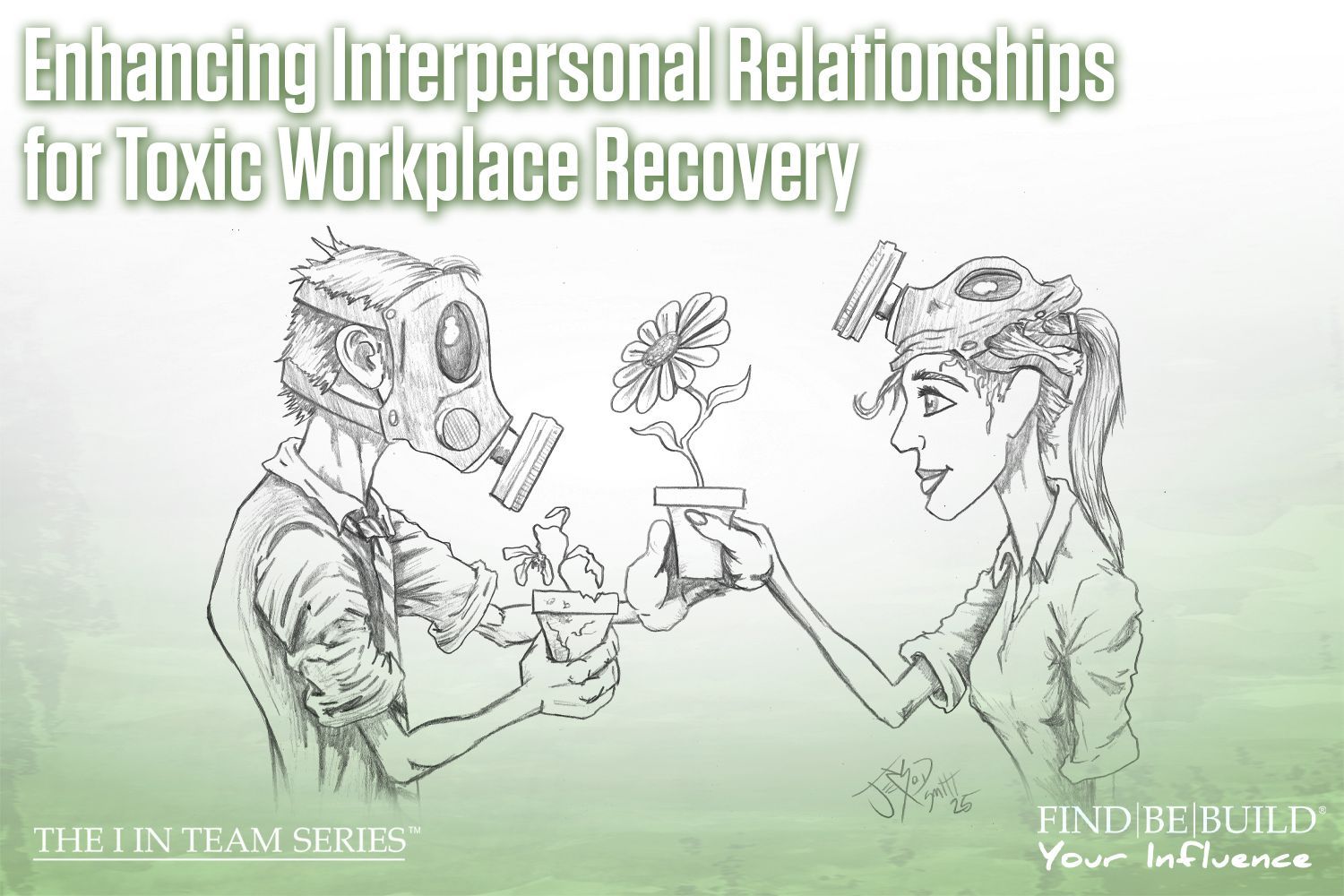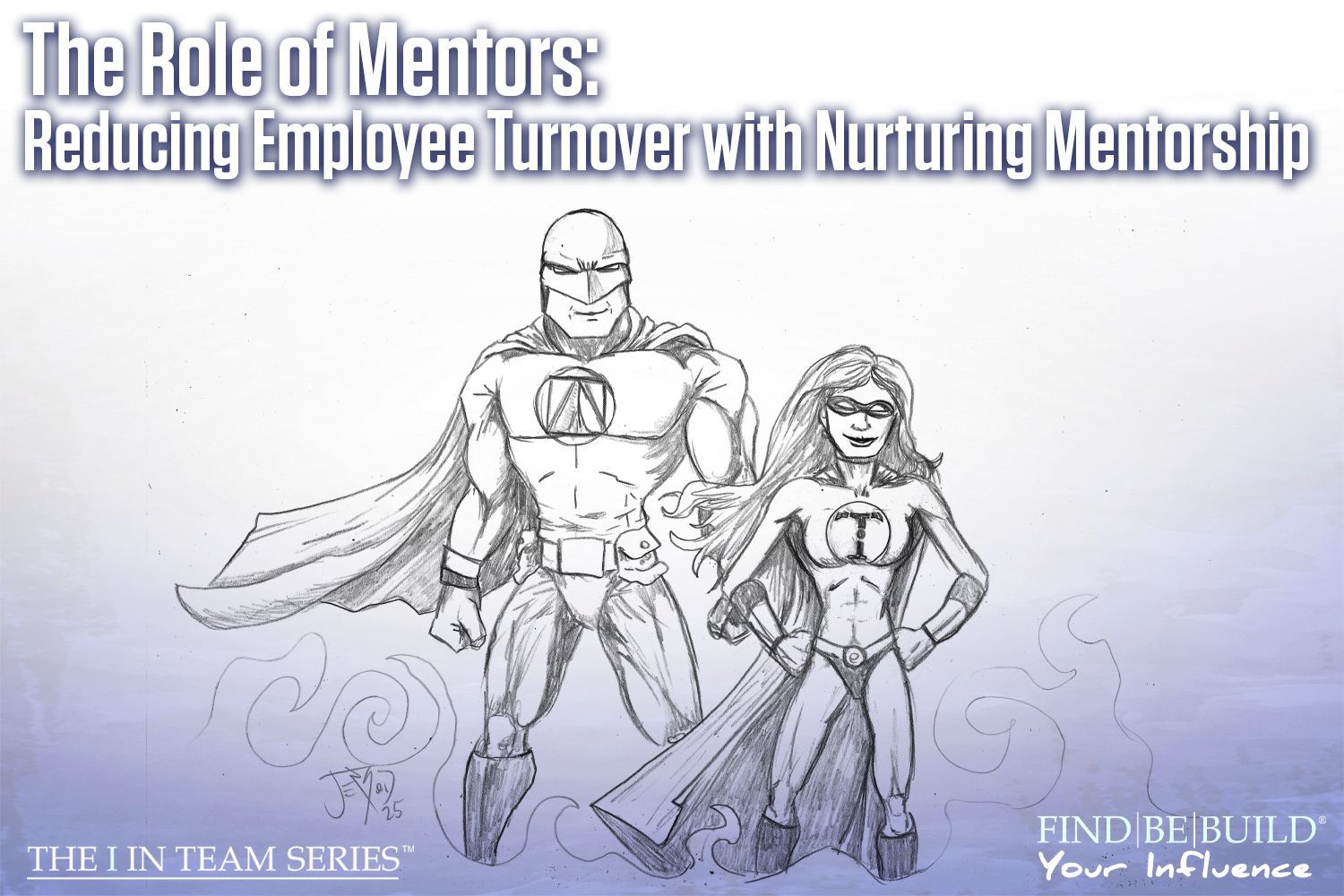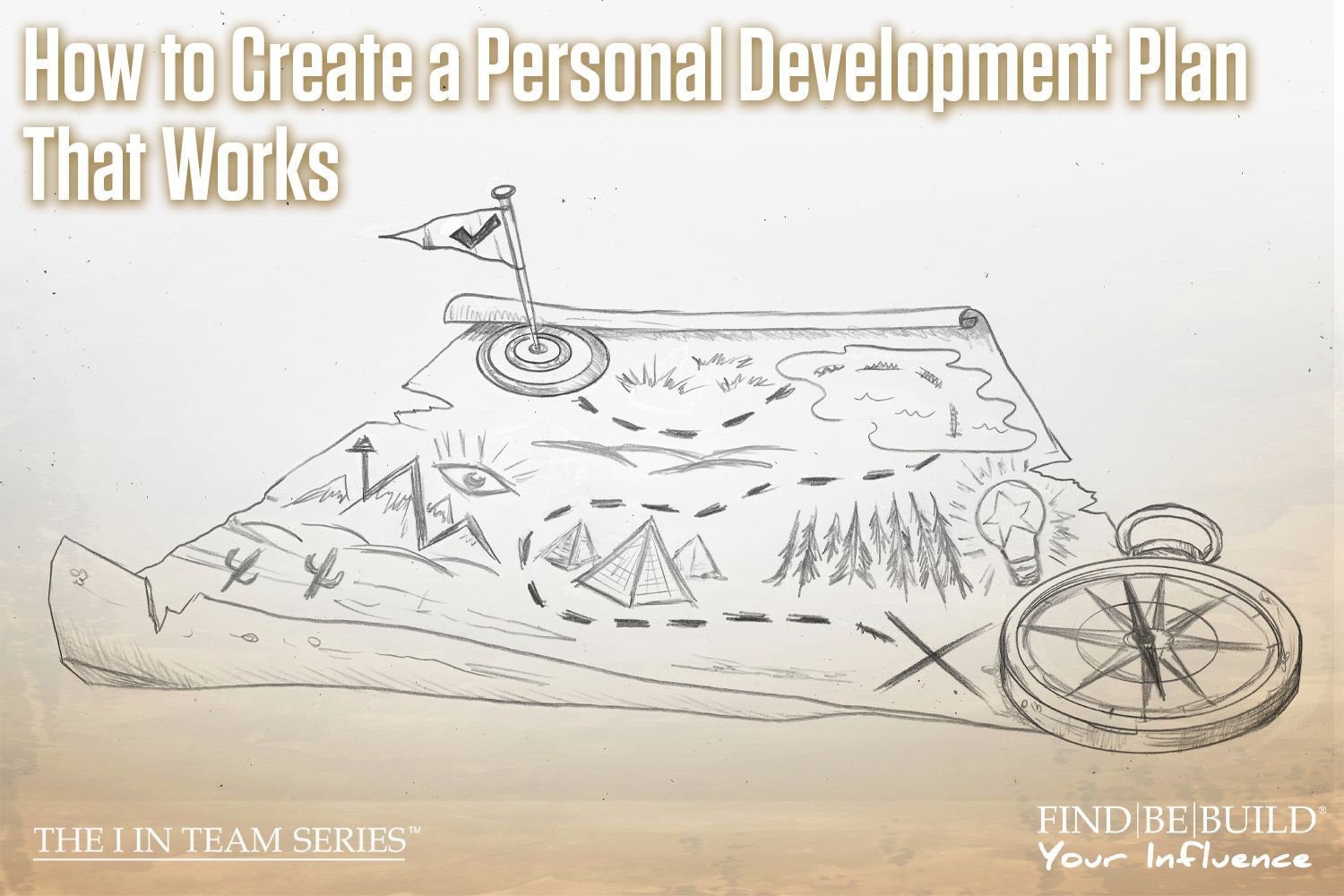WII-FM: UNDERSTANDING WHAT YOUR EMPLOYEES WANT (AND NEED)

Employee needs assessment
Employees constantly measure their supervisor and their employer in the context of WII-FM: What’s in it for me? Organizations and managers who understand this and who tune in to answering WII-FM have more active listeners and better employee relationships. One thing that helps with understanding what motivates people is Abraham Maslow’s theory of the hierarchy of needs. This theory is based on the idea that people naturally attempt to satisfy lower-level needs prior to seeking gratification of higher-level needs.
These levels are:
- Food and shelter: Food, shelter, and clothing, or the opportunity to pay for these things.
- Safety and security: Personal security through employment, resources, and health. Providing a clean, positive environment for people to work in aids in the security needs of physically working somewhere safe.
- Belonging, friendship, and love: Having a sense of connection to other humans. People want to feel like they are part of something bigger that encompasses more than just themselves; this can be achieved by building personal and professional relationships.
- Status, self-esteem, and ego: Self-esteem, status, recognition, and respect. Individuals hold themselves in a positive regard and they want to be appreciated for their contributions to a team setting.
- Self-actualization and self-fulfillment: Once the above four levels are met, individuals reach a point where they desire to be the best they can be.
If you wish to understand what your employees want and need, then you should keep in mind Maslow’s hierarchy while adopting the below practices into your everyday life. Leaders and managers who connect with their team’s wants and needs are able to build high performing teams.
Get to Know Your Team
Before understanding your team’s wants and needs, you have to get to know them first! Leaders and managers who take the time to get to know their direct reports, as well as the other employees in their organization, will have a better understanding of each individual person’s values, personality type, communication preference, interests, hobbies, goals, primary motivators, and so much more. When you get to know your team on an individual and personal level, you can better assess where they might be in relation to Maslow’s hierarchy. Without knowing them, you can’t accurately guess what they may want or need. By getting to know them, in conjunction with their position or task guide and keeping with company policies, you can determine the best approach for each individual to help them achieve what they want and need.
Build on Strengths
In Gallup’s CliftonStrengths book, they write about a study they conducted which found that individuals who focus on their strengths “are six times as likely to be engaged in their jobs and more than three times as likely to report having an excellent quality of life” (p. iii). Building on people’s strengths helps them grow faster and makes them feel like a valued team member. One of the greatest parts about being on a team is the diversity we all bring. We all have strengths and weaknesses, but if you have a diverse enough team, the weaknesses held by each individual won’t matter because they will be someone else’s strengths. Work with your team to uplift their strengths rather than exploiting their weaknesses.
Avoid Exploiting Weaknesses
Another study conducted by Gallup and presented in their book states managers who focus on their employees’ weaknesses will see about 22% of their employees disengage, whereas managers who focus on their employees’ strengths have only about a 1% disengagement rate. Their philosophy stems from the idea that you inherently have strengths and weaknesses, but efforts are wasted on trying to make a fish climb a tree. It’s best to view each employee for their strengths and encourage them to pursue developing in those areas, rather than making them feel belittled, undervalued, or embarrassed for their weaknesses.
Align Goals
This may not always be possible with everyone, but leaders and managers who help their employees align their personal goals and objectives with those of the organization will see greater organizational focus, higher performance, and a more stable workforce (less turnover). While not all employees will have aspirations that align with the organization’s values, goals, mission, or vision, if they do and you are able to identify that, you can help them align their motivation to be two-fold: for themselves and for the organization. The organization can also lend assistance to them in the form of coaching, further education, or other general opportunities.
Conclusion
Performance measurement is a two-way street. Your employees are evaluating you and your organization as much as you are evaluating them. Employees are looking for the right fit to call home, which means they are looking for an organization to invest in their growth, value their contribution, and make them feel like an appreciated member of the team. To understand what your employees want and need, you must understand who they are, what their life is like, what they value, and their strengths and weaknesses. Once you have this information, ask yourself, “Where might this employee fall on Maslow’s hierarchy right now?” Answering this question will help you as a leader or manager guide that employee to success. If you struggle with getting to know your team or understanding them, contact IA Business Advisors. We would love the opportunity to work with you to increase your positive influence through leadership coaching.












